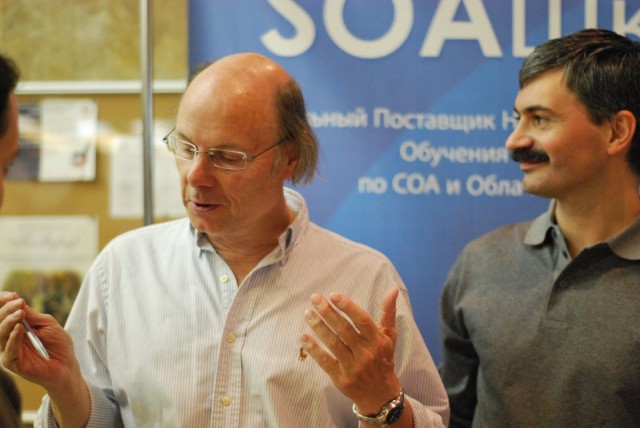It is often useful to control the memory layout of fields in a data structure to match an interface control definition, or to interface with hardware. Define a data structure matching the RS-232 Plug Definition. Use the 9-pin definition for brevity.
Pin Settings for Plug (Reverse order for socket.) __________________________________________ 1 2 3 4 5 6 7 8 9 10 11 12 13 14 15 16 17 18 19 20 21 22 23 24 25 _________________ 1 2 3 4 5 6 7 8 9 25 pin 9 pin 1 - PG Protective ground 2 - TD Transmitted data 3 3 - RD Received data 2 4 - RTS Request to send 7 5 - CTS Clear to send 8 6 - DSR Data set ready 6 7 - SG Signal ground 5 8 - CD Carrier detect 1 9 - + voltage (testing) 10 - - voltage (testing) 11 - 12 - SCD Secondary CD 13 - SCS Secondary CTS 14 - STD Secondary TD 15 - TC Transmit clock 16 - SRD Secondary RD 17 - RC Receiver clock 18 - 19 - SRS Secondary RTS 20 - DTR Data terminal ready 4 21 - SQD Signal quality detector 22 - RI Ring indicator 9 23 - DRS Data rate select 24 - XTC External clock 25 -
Note: The order of the fields is implementation-defined (i.e. the first bit might be the least-significant one or the most-significant one). On GCC and MSVC++, the first bit is the least-significant one.
struct RS232_data { unsigned carrier_detect : 1; unsigned received_data : 1; unsigned transmitted_data : 1; unsigned data_terminal_ready : 1; unsigned signal_ground : 1; unsigned data_set_ready : 1; unsigned request_to_send : 1; unsigned clear_to_send : 1; unsigned ring_indicator : 1; };
The “:1” gives the number of allocated bits. For unused bits (e.g. pin 11 in the 25-pin version above) the field name can be omitted.
Since as stated before the order of bits can’t be assured but it could be important if we need to interact with hardware, the best way is to define bit masks; of course actual writing/reading to/from an hardware “register” greater than a single byte must be done taking care of endianness.
Content is available under GNU Free Documentation License 1.2.































